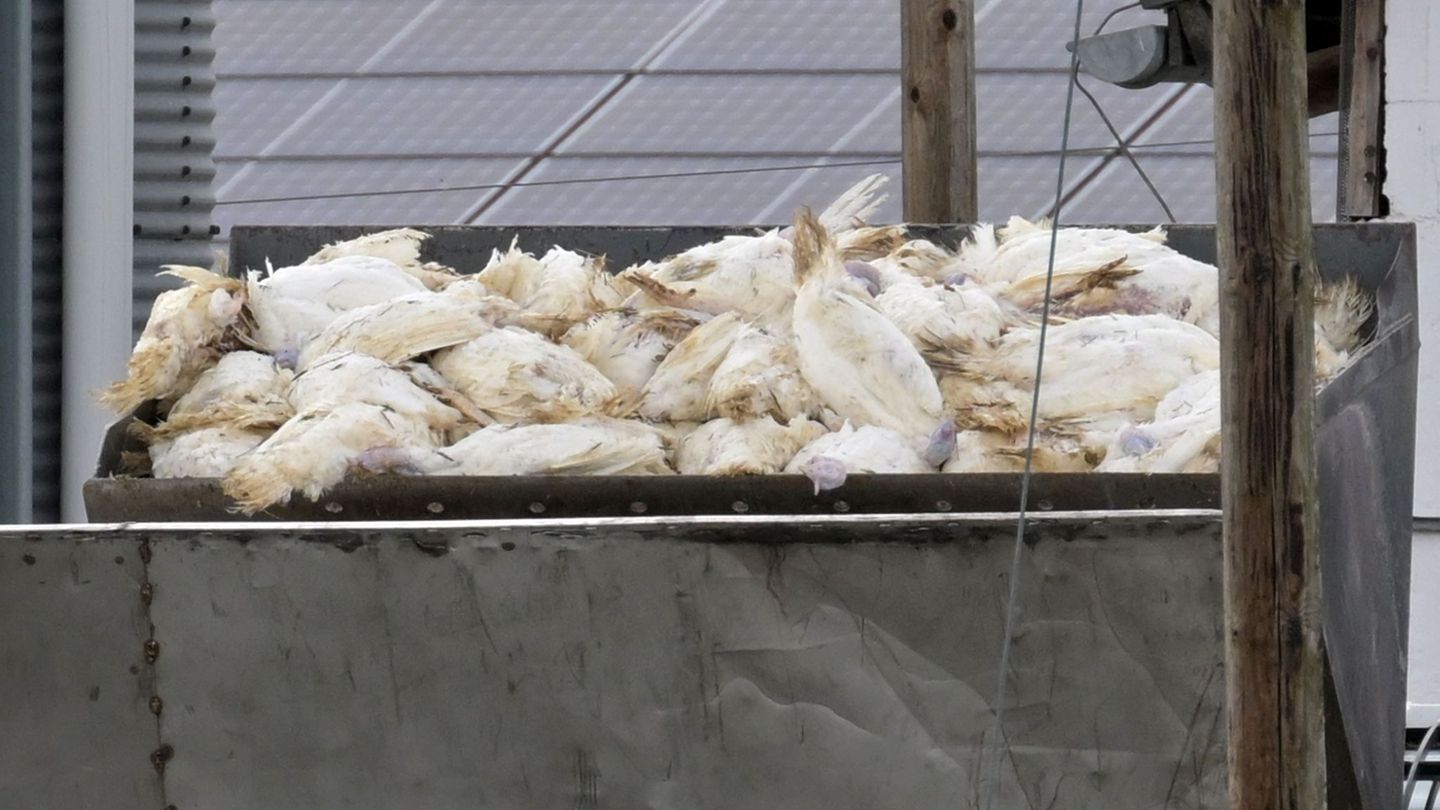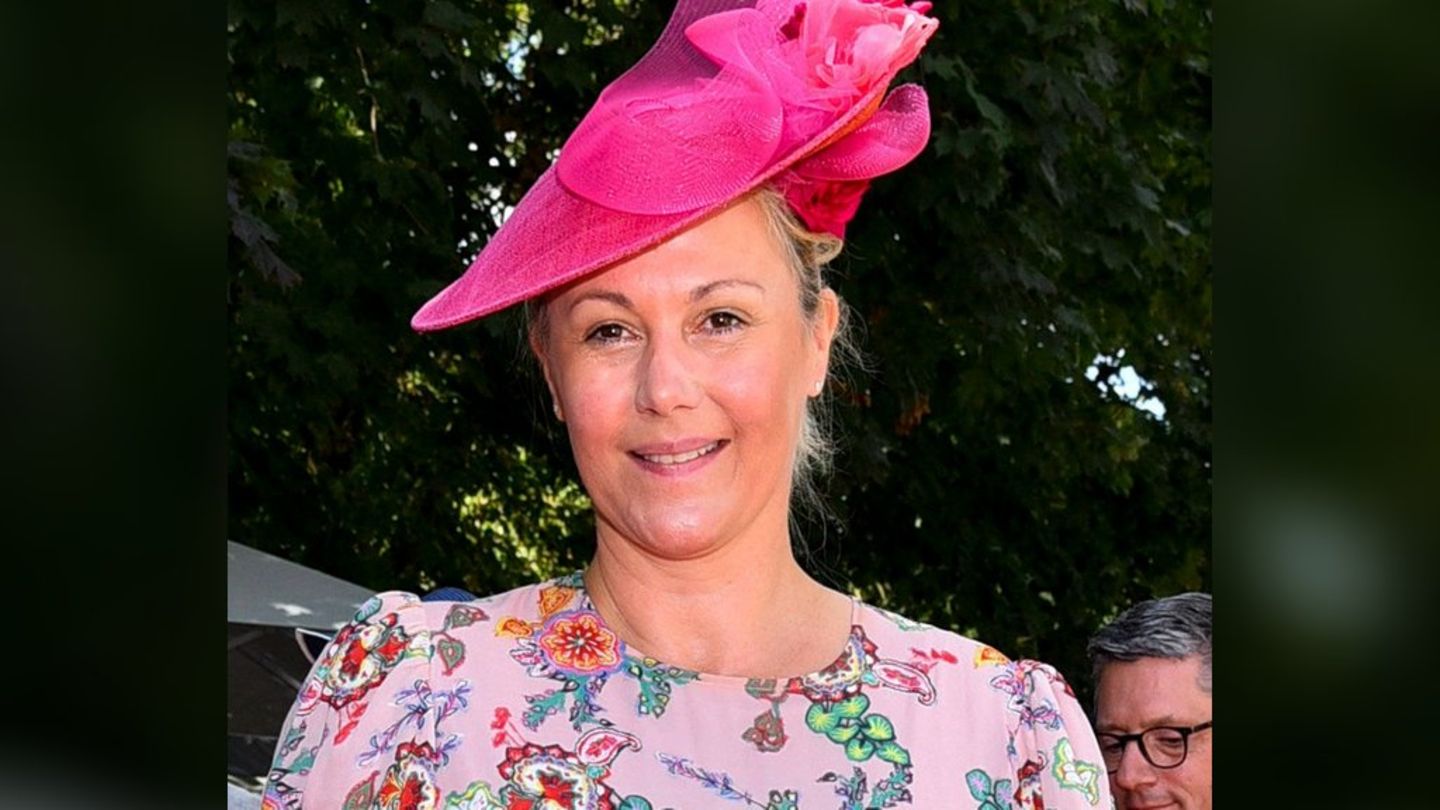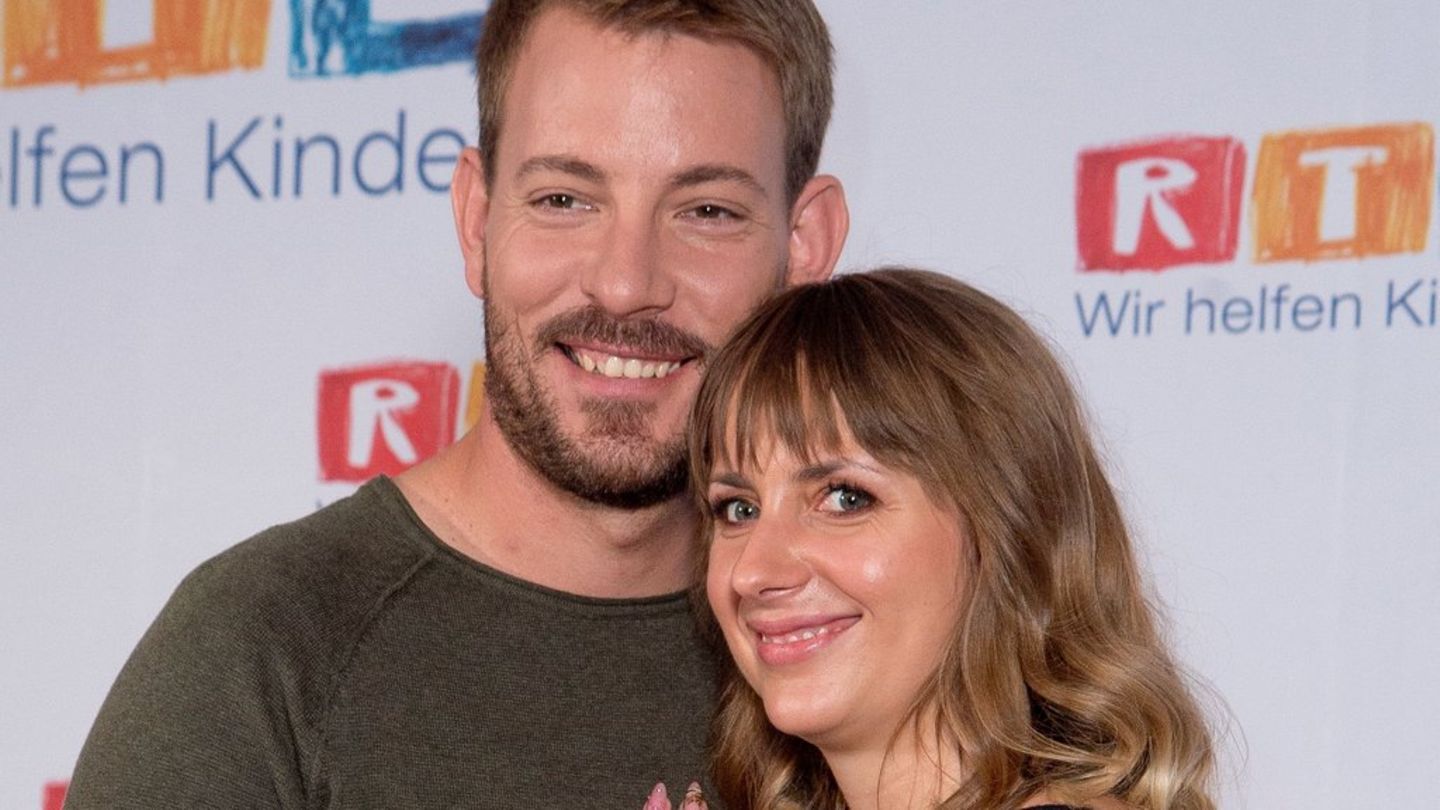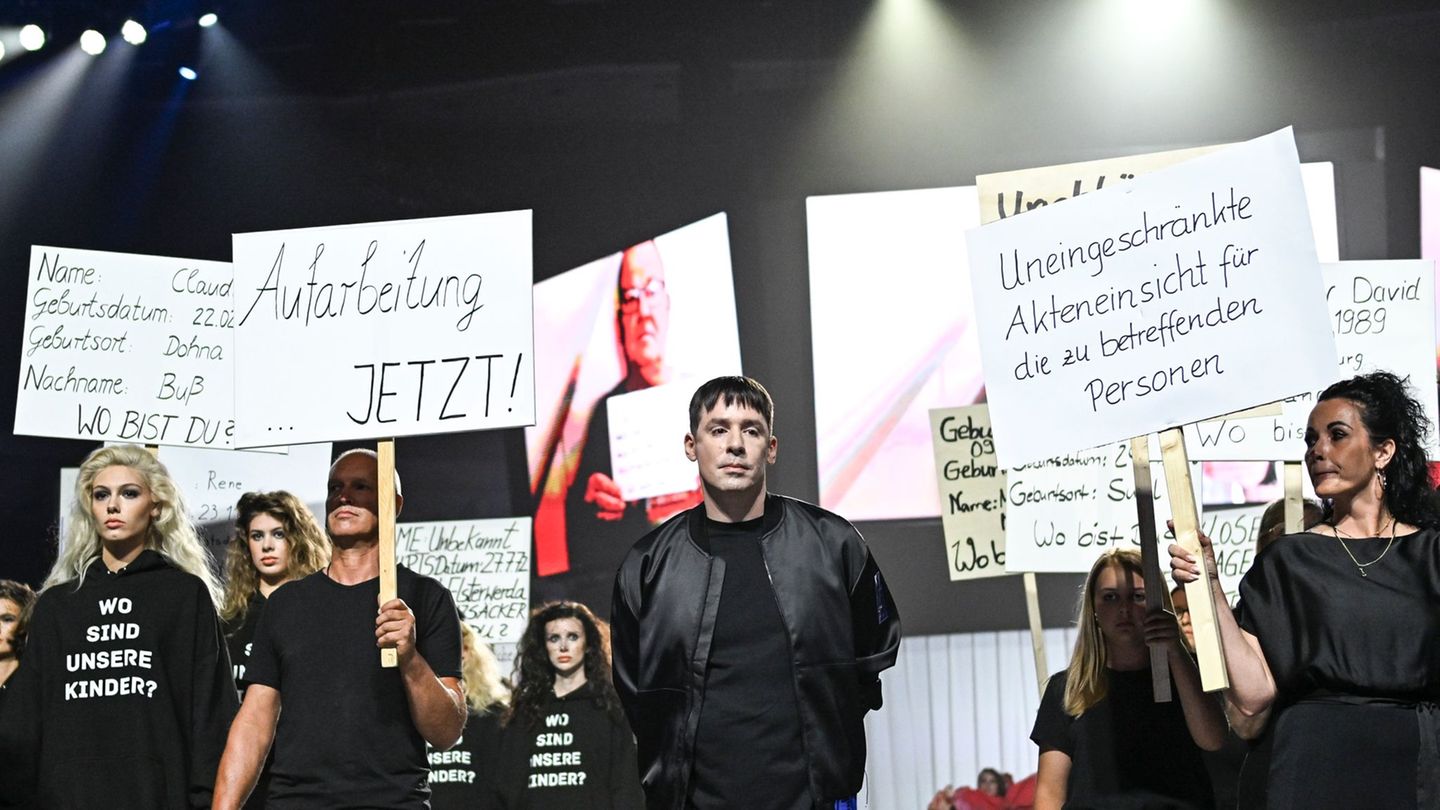I am an author and journalist who has worked in the entertainment industry for over a decade. I currently work as a news editor at a major news website, and my focus is on covering the latest trends in entertainment. I also write occasional pieces for other outlets, and have authored two books about the entertainment industry.
Menu
Fashion Week: Glitzer and Grauen: A fashion show for GDR compulsory options
Categories
Most Read
Milestone for Anna and Gerald Heiser: He goes from the farm to the office
October 25, 2025
No Comments
Thailand in mourning: Queen Mother Sirikit dies at the age of 93
October 25, 2025
No Comments
Eveline Hall turns 80: life without a pause button
October 25, 2025
No Comments
Television: Stefanie Stappenbeck: I wasn’t a child star in the GDR
October 25, 2025
No Comments
People: Julia Roberts likes to cook: hunger comes every four hours
October 25, 2025
No Comments
Latest Posts

Animal disease: Bird flu is spreading – poultry farmers demand protection
October 25, 2025
No Comments
animal disease Bird flu is spreading – poultry farmers demand protection Copy the current link Add to wishlist More than 200,000 poultry have already had

Bettina Wulff is now a real estate agent: She is presenting her first property on Sylt
October 25, 2025
No Comments
Lisa HarrisI am an author and journalist who has worked in the entertainment industry for over a decade. I currently work as a news editor

Milestone for Anna and Gerald Heiser: He goes from the farm to the office
October 25, 2025
No Comments
Lisa HarrisI am an author and journalist who has worked in the entertainment industry for over a decade. I currently work as a news editor
24 Hours Worlds is a comprehensive source of instant world current affairs, offering up-to-the-minute coverage of breaking news and events from around the globe. With a team of experienced journalists and experts on hand 24/7.

